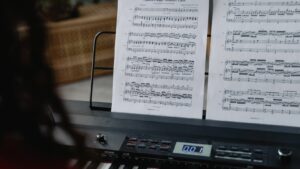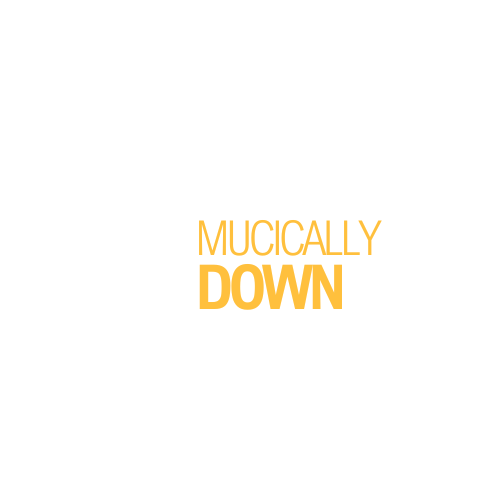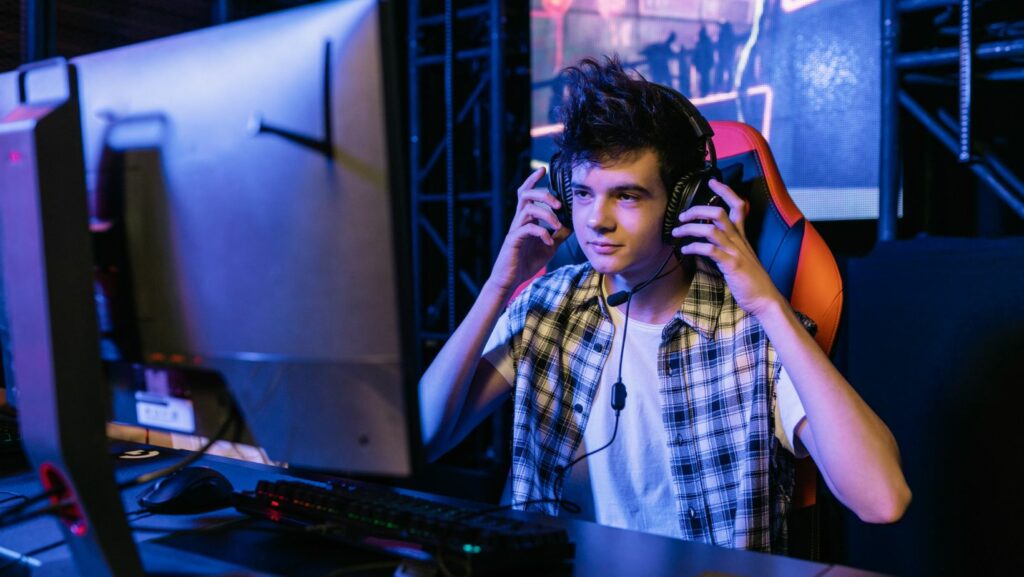Imagine a world where artificial intelligence (AI) sings your favorite tunes. Fascinating, isn’t it? This isn’t a far-off dream, but a reality that’s rapidly taking shape. The intersection of AI and music is creating a revolutionary wave in the music industry, and it’s time you rode this wave.
Creating AI music covers may sound like a complex task, but it’s simpler than you think. This article will guide you through the process, offering practical tips and insights to help you make your own AI music covers. So, whether you’re a tech enthusiast, a music lover, or a curious reader, you’re in for an exciting journey into the world of AI-generated music.
How to Make AI Music Covers
 Artificial Intelligence has taken a bold leap into the world of music production, enabling new vistas for creating music covers. This dynamic advancement in technology warrants a deep understanding of its mechanics and the profound implications it has for musicians and producers.
Artificial Intelligence has taken a bold leap into the world of music production, enabling new vistas for creating music covers. This dynamic advancement in technology warrants a deep understanding of its mechanics and the profound implications it has for musicians and producers.
AI music technology functions as the digital composer of the new era. It’s predicated on complex algorithms capable of analyzing vast amounts of musical data, learning patterns, and creating new compositions. These revolutionary AI-powered applications, such as OpenAI’s MuseNet and Jukin’s Jukin Composer, can generate music across different genres and styles.
These tools learn using a process named machine learning, primarily autoregressive models for sequence generation. They’re trained by feeding them copious amounts of data, typically millions of songs, and letting them find common patterns or sequences. Thus, they become capable of creating music that mirrors the nuances and complexities found in human-generated compositions.
Benefits of Using AI for Music Covers
 Utilizing AI for creating music covers holds an array of benefits. Primarily, it democratizes the process of music creation — empowering anyone and everyone to create music, sans significant prior knowledge or possession of traditional musical instruments.
Utilizing AI for creating music covers holds an array of benefits. Primarily, it democratizes the process of music creation — empowering anyone and everyone to create music, sans significant prior knowledge or possession of traditional musical instruments.
Moreover, it enables high-speed production. AI can computationally generate a unique and complete piece in mere minutes, as opposed to the lengthy process of composition, arrangement, and production human composers usually entail.
Essential Tools for Creating AI Music Covers
 Seizing the AI revolution in music requires particular tools. These tools, primarily encompassing software and hardware requirements, streamline the process of generating AI music covers.
Seizing the AI revolution in music requires particular tools. These tools, primarily encompassing software and hardware requirements, streamline the process of generating AI music covers.
Opting for the right software and platforms constitutes the first step in creating AI music covers. OpenAI’s MuseNet and Amper Music stand as prime instances.
- MuseNet, OpenAI’s tool, leverages machine learning algorithms. It’s capable of generating original tunes in diverse styles, thus catering to a multitude of AI music cover needs.
- On the other hand, Amper Music, an AI music composer, empowers users to create tailor-made music in minutes. It’s acclaimed for its customization, making it apt for creating unique AI music covers.
Hardware requirements, though not as extensive as software, play a pivotal role in creating AI music covers. The primary prerequisite is a system with sufficient computing power.
Step-by-Day Process for Making AI Music Covers
In this section, he explores the step-by-step course of action for crafting AI music covers; from preparing your music files to using AI for arrangement and composition, all the way to finalizing and producing the track.
Preparing Your Music Files
To initiate music covers, ensure your music files are ready. Numerous software, such as Audacity and Adobe Audition, allow conversion of music files into various formats–most commonly, MIDI or MP3. Upload your source track into one of these programs, and convert it to MIDI. Keep in mind, a MIDI file formats your music in a language the AI can understand, breaking tracks into individual notes and timings.
Using AI for Arrangement and Composition
Arrangement and composition form the core of any AI music cover. Leverage AI-enabled software like MuseNet or Amper Music, built on algorithms capable of producing music in a variety of styles. Upload your MIDI files, choose your preferred style, and simply hit the “compose” button. The AI, informed by machine learning, accomplishes this by analyzing musical patterns, distilling their essence, then recreating them in new and original ways.

